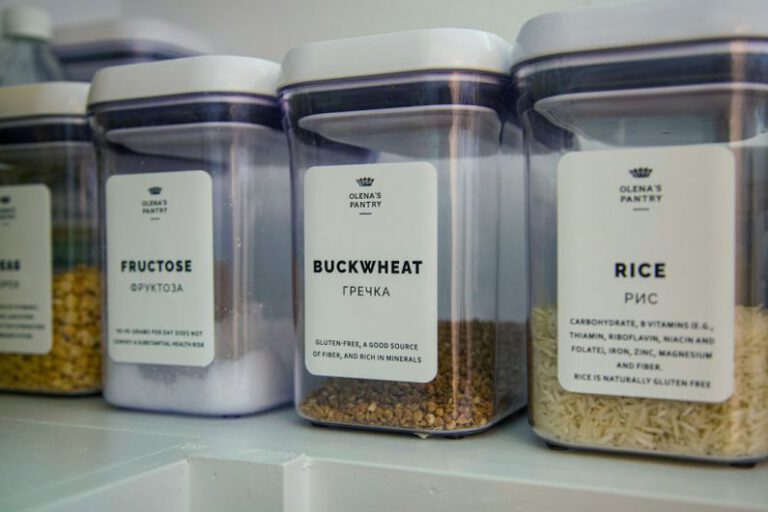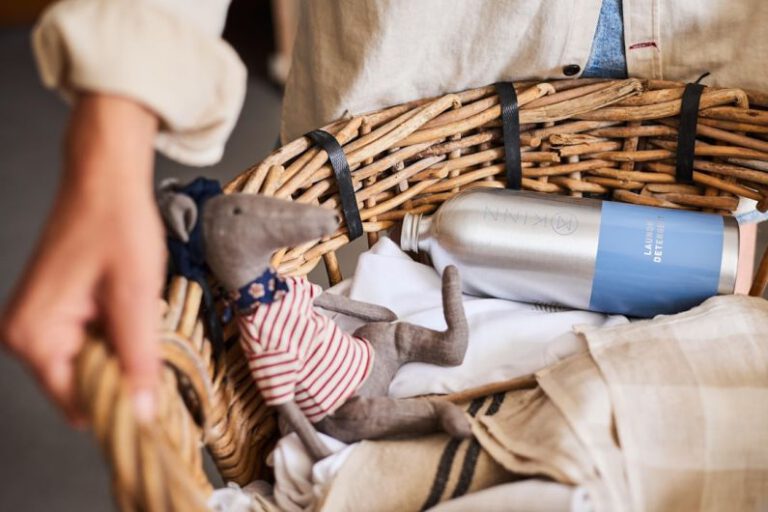What Are the Best Ways to Store Seasonal Clothes?
With the changing seasons, it becomes necessary to switch out our wardrobes and store away clothes that are not currently in use. Properly storing seasonal clothes not only helps to keep them organized but also ensures their longevity and quality. In this article, we will explore some of the best ways to store seasonal clothes, keeping them fresh and ready for the next season.
Sort and Declutter
Before diving into the storage process, it is essential to sort through your clothes and declutter. Take out all the clothes that you won’t be wearing in the coming season and evaluate whether they are worth keeping. This step will help you reduce the amount of clothing you need to store and make the process more manageable.
Clean and Repair
Once you have sorted through your clothes, it is crucial to clean and repair them before storing. Launder or dry clean everything to ensure that no stains or odors are left behind. Additionally, check for any loose buttons, tears, or other damages that need to be fixed before storing. Taking care of these repairs now will save you time and effort when you retrieve the clothes for the next season.
Choose the Right Storage Containers
Investing in proper storage containers is key to keeping your seasonal clothes in good condition. Opt for clear plastic containers with tight-fitting lids that can keep out dust, moisture, and pests. Clear containers allow you to see what is inside without having to open each one, saving you time and effort when searching for specific items.
Fold Neatly or Hang Appropriately
When storing clothes, it is important to fold them neatly or hang them appropriately to avoid wrinkles and creases. For folded clothes, use acid-free tissue paper to help maintain their shape. Stack the folded clothes in the storage containers, placing heavier items at the bottom and lighter ones on top. If you choose to hang certain items, use padded hangers to prevent any shoulder marks or creases from forming.
Consider Vacuum-Sealed Bags
Vacuum-sealed bags are a great option for maximizing storage space and protecting your clothes from moisture, dust, and pests. These bags compress the clothing, reducing its volume significantly. However, it is important to note that vacuum-sealed bags may not be suitable for delicate fabrics or items with embellishments, as the compression can cause damage.
Create a Storage System
To make it easier to locate specific items when the season changes, create a storage system that works for you. This could involve labeling containers, categorizing clothes by type or color, or simply keeping a written inventory of what is stored where. Having a system in place will save you time and frustration in the long run.
Store in a Cool and Dry Place
It is essential to store your seasonal clothes in a cool and dry place to prevent mold, mildew, and other damage caused by moisture. Avoid storing clothes in basements, attics, or other areas prone to humidity. Instead, choose a closet or spare room with good air circulation.
Rotate Your Clothes
Lastly, to keep your clothes in good condition, consider rotating them between seasons. Every few months, swap out the clothes you are currently wearing with those in storage. This not only allows you to enjoy all your clothes but also helps to prevent any items from being neglected or forgotten.
In conclusion, storing seasonal clothes properly is essential to maintain their quality and longevity. By sorting and decluttering, cleaning and repairing, choosing the right storage containers, folding or hanging appropriately, considering vacuum-sealed bags, creating a storage system, storing in a cool and dry place, and rotating your clothes, you can ensure that your seasonal clothes remain fresh and ready to wear when the time comes.






